As an alternative to climbing Sierra Negra Volcano, I chose a visit to the Tortoise Center on Isabela. This was a marvelous experience. The center was completed in 1994 and houses tortoises from the populations of southern Isabela. Interestingly each volcano on Isabela has a different species of tortoise especially adapted to the environment of that volcano. There were adults, hatchlings and in-betweens.
Back ground information: "Unlike the other large islands, the vegetation zones on Isabela do not follow the normal pattern. There are many relatively new lava fields and the surrounding soils have not developed sufficient nutrients to support the varied life zones found on other islands. In addition, the high elevations of Wolf and Cerro Azul Volcanoes reach above the cloud cover, resulting in an arid zone at the top of the island. The island's rich fauna is beyond compare. It is home to more wild tortoises than all the other islands combined, with a separate species on each volcano. On the west coast of Isabela the upwelling of the nutrient-rich Cromwell Current creates a feeding ground for fish, whales, dolphins, and birds. These waters have long been known as the best place to see whales in the Galapagos. Some 16 species of whales have been identified in the area including humpbacks, sperms, sei, minkes and orcas."
Isabela is indeed a fascinating place to visit and the Tortoise Center provided me with one of the most amazing moments of my stay in the Galapagos. As I was there early in the morning, I witnessed feeding time. There are many tortoises in each pen and they are all waiting to be fed. A caretaker was making his leisurely way around the pens. When he arrived at the one I was standing in front of obviously the tortoises knew what was happening and went on high alert. Several started moving towards the gate and tried to get up the ramp. The caretaker was used to this, however, and pushed himself and his wheelbarrow through. Then he began throwing down large bundles of plants. The tortoises were off after him in a flash. They can move much more quickly than we can imagine. I was witnessing a tortoise stampede. I barely had time to get my camera in place and certainly not enough time to switch to video mode. I regret this even now. I snapped away as quickly as possible still finding it difficult to understand what I was seeing. After feeding they seemed to go into play mode and climbed on top of one another, play fought face to face and seemed to be enjoying themselves. They did not break into dance but that was probably because there was no music.
There was a path back into town. It was a lovely walk, peaceful and easy. An enjoyable way to end an unforgettable morning.
In the afternoon we were off for even more activity on Tintoreras, a group of small islets off the coast. Once again we were in a boat on our way to an island. Along the way we saw penguins and blue-footed boobies. There is a short path on the island but a huge population of marine iguanas. The small bay is beautiful and provides a haven for marine life.
The conservation challenges to Isabela are enormous because of the size of the island and the variety of species. The successful eradication of goats and donkeys on the northern part of the island was expensive but necessary. Now cats and rats are causing problems for some of the more endangered and vulnerable birds as well as snakes and other small reptiles. One of the greatest concerns is the survival of the mangrove finch, with a population of only 100 birds. Fishing is another area of concern although it seems that much progress has been made in fisheries management.
A Tortoise Stampede
Wednesday, February 12, 2014
 Isabela, Galapagos Islands, Ecuador
Isabela, Galapagos Islands, Ecuador
Other Entries
-
1Ups and downs
Feb 057 days prior Quito, Ecuadorphoto_camera2videocam 0comment 1
Quito, Ecuadorphoto_camera2videocam 0comment 1 -
2Quito: World Heritage Site
Feb 066 days prior Quito, Ecuadorphoto_camera40videocam 0comment 0
Quito, Ecuadorphoto_camera40videocam 0comment 0 -
3The Glory that is the Galapagos.
Feb 075 days prior Santa Cruz, Ecuadorphoto_camera24videocam 0comment 0
Santa Cruz, Ecuadorphoto_camera24videocam 0comment 0 -
4Floreana Island and its Recovery
Feb 084 days prior Floreana, Ecuadorphoto_camera41videocam 0comment 0
Floreana, Ecuadorphoto_camera41videocam 0comment 0 -
5South Plaza Island
Feb 093 days prior Puerto Ayora, Ecuadorphoto_camera28videocam 0comment 0
Puerto Ayora, Ecuadorphoto_camera28videocam 0comment 0 -
6Santa Fe
Feb 102 days prior Galapagos, Ecuadorphoto_camera18videocam 0comment 0
Galapagos, Ecuadorphoto_camera18videocam 0comment 0 -
7Charles Darwin Research Center
Feb 111 day prior Santa Cruz And Isabella, Ecuadorphoto_camera51videocam 0comment 0
Santa Cruz And Isabella, Ecuadorphoto_camera51videocam 0comment 0 -
8Dave climbs Sierra Negra
Feb 12earlier that day Isabela, Ecuadorphoto_camera48videocam 0comment 0
Isabela, Ecuadorphoto_camera48videocam 0comment 0 -
9A Tortoise Stampede
Feb 12 Isabela, Ecuadorphoto_camera73videocam 0comment 0
Isabela, Ecuadorphoto_camera73videocam 0comment 0 -
10Los Tuneles
Feb 131 day later Isabela, Ecuadorphoto_camera33videocam 0comment 0
Isabela, Ecuadorphoto_camera33videocam 0comment 0 -
11A long travel day.
Feb 142 days later Quito, Ecuadorphoto_camera5videocam 0comment 0
Quito, Ecuadorphoto_camera5videocam 0comment 0 -
12The Market in Otavalo
Feb 153 days later Otavalo, Ecuadorphoto_camera16videocam 0comment 0
Otavalo, Ecuadorphoto_camera16videocam 0comment 0 -
13Cold and High
Feb 164 days later Cotopaxi, Ecuadorphoto_camera63videocam 0comment 0
Cotopaxi, Ecuadorphoto_camera63videocam 0comment 0 -
14Reaching the Lodge
Feb 175 days later Cuyabeno, Ecuadorphoto_camera40videocam 0comment 0
Cuyabeno, Ecuadorphoto_camera40videocam 0comment 0 -
15Sendero Palma Roja
Feb 186 days later Cuyabeno, Ecuadorphoto_camera53videocam 0comment 0
Cuyabeno, Ecuadorphoto_camera53videocam 0comment 0 -
16Siona Coummunity of Puerto Bolivar
Feb 197 days later Cuyabeno, Ecuadorphoto_camera86videocam 0comment 0
Cuyabeno, Ecuadorphoto_camera86videocam 0comment 0 -
17Canoeing in Laguna Canangueno
Feb 208 days later Cuyabeno, Ecuadorphoto_camera49videocam 0comment 0
Cuyabeno, Ecuadorphoto_camera49videocam 0comment 0 -
18Hazardous travel to the bridge
Feb 219 days later Quito, Ecuadorphoto_camera7videocam 0comment 0
Quito, Ecuadorphoto_camera7videocam 0comment 0

 Isabela, Galapagos Islands, Ecuador
Isabela, Galapagos Islands, Ecuador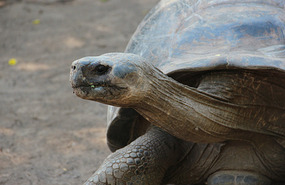

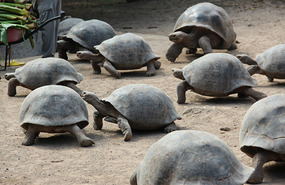
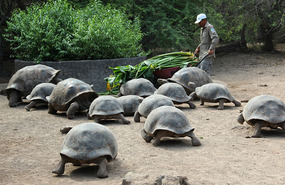
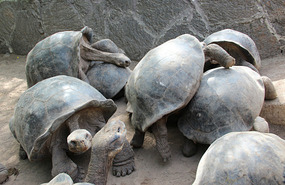
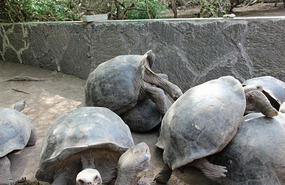
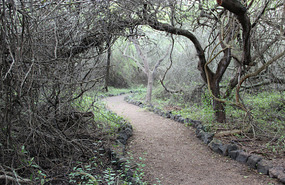
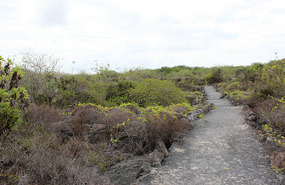
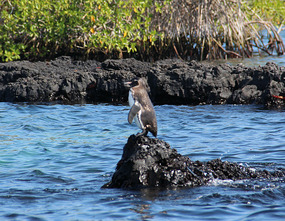
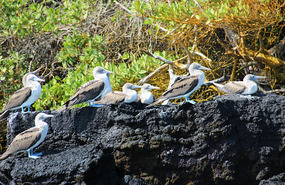
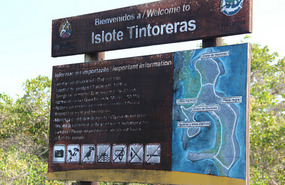
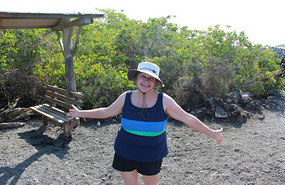

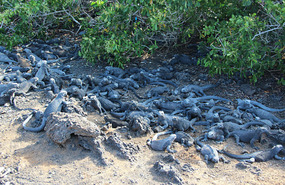




















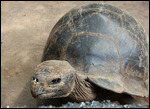
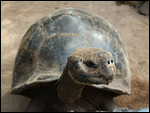









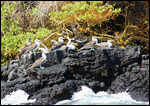




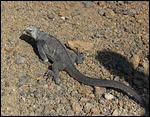












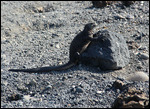










2025-05-22